
De-matting is a process where you comb or shave through mats in your feline's fur. Mats are often comprised of clumped dead hairs, dead skin cells, outdoor residue, and any other dirt your cat has rubbed against. Mats in cat fur are not only unsightly, but they are also painful to your cat. They can lead to skin irritation and infection if they're not removed.
De-matting a cat is typically not a fun experience for the feline or the human. It's important to take things slowly and be patient since mats are often difficult to remove in one sitting. You may want to enlist the help of an assistant because even though this technique is the easiest and least painful way to get rid of mats, it takes a lot of diligence.
Most cats groom nearly constantly (or so it seems), and it's not just due to vanity. Fur licking keeps a cat's skin healthy and stimulates sebaceous glands in the skin to produce oil to lubricate the fur and prevent the skin from drying out. Sometimes, the fur will become matted in areas, requiring human intervention. These mats may make your cat's fur feel lumpy or knotted when petting them.
Usually, grooming keeps the fur clean and prevents fleas from taking hold. But sometimes mats may form, particularly if something becomes stuck in its fur or a cat neglects to groom properly. Mats may also form in certain areas due to friction or contact with surfaces.
Cats may stop or decrease grooming due to illness or behavioral concerns. Overweight or senior cats may have difficulty reaching certain areas of their bodies, leading to mats that often develop along the lower back.
Certain breeds of cats (Persians, Maine Coons, and other long-haired breeds) are more likely to develop mats due to their coat types.
Matted clumps of fur can be significantly painful for cats. Mats may get tighter over time, putting pressure on the skin that can lead to bruising and skin irritation. Matted fur prevents airflow to the skin and may trap dirt, bacteria, and even parasites. The irritation caused by mats can easily lead to a skin infection. In addition, the skin under mats becomes thin and fragile, making it more likely to become injured.
The sudden appearance of mats often means the cat is unwilling or unable to groom. If your cat has stopped grooming altogether, this could be a sign of a serious health issue, and a trip to the veterinarian is in order.
It's important to remove mats from cat fur promptly to avoid pain and irritation of the skin. If there are one or two spots of stubborn matted fur, and your cat seems to be grooming normally, you should be able to take care of them at home. If there is a significant number of mats, or if your cat seems especially uncomfortable, seek help from a professional.
Small mats that aren't too tight to the skin can often be carefully combed out by hand with the appropriate grooming tool. Removing mats from cats takes a steady hand, a lot of patience, and sometimes more than one person to keep the cat calm.
It's best to groom a relaxed cat. You won't want to suddenly decide to remove a mat in the middle of a play session, or you'll suffer serious damage from your kitty's claws.
You'll need a fine-toothed comb, a little cornstarch or baby powder, and some tasty cat treats.
Sprinkle a small amount of cornstarch or talcum powder in the area of the mat, and gently work it around with your fingers. Gently pull the mat up away from the skin, so you can see where the skin is.
If the cat resists, take a break and speak in a soothing voice, petting the cat until it relaxes. Repeat this soothing at any point during the procedure if your cat starts getting stressed out.
Starting with a separated section of the mat, use your non-dominant hand to hold the base of the mat down with your thumb and forefinger so the comb won't pull hair out. Gently start combing through the mat, starting at the very tip of the hairs. Move down into the mat as you work, occasionally using only the first three or four pegs of the comb for stubborn sections.
With short-haired cats, a small slicker brush may be used next to slowly and gently brush through any remaining tangles.
Give your cat a final treat and stop for the day. Depending on the severity of the mats, it could take several days to tackle them all, and you need your cat's cooperation and patience, so don't push it all at once.
If the mats are too tight to be removed with a comb, you may wish to try shaving them out with clippers. For cats, it's best to use small, battery-operated clippers that are quiet and less likely to frighten your cat.
First, you'll want to take some time to get your cat used to the sound and feel of the clippers. Offer treats, then turn on the clipper from a distance for a few seconds. Gradually increase the proximity of the clippers while continuing to offer treats. Stop the clippers if your cat becomes fearful. It may take a few days for your cat to get used to the slippers.
First, comb or brush out the non-matted areas on the cat. To shave mats, hold the flat end of the clippers parallel to the skin and gently slide the clipper blade under the mat. Use your fingers to gently pull the mat away from the skin as you guide the clippers under the mat.
Take plenty of breaks, especially if your cat is getting restless or resistant. Give the kitty a small treat and plenty of praise for their patience.
Do not attempt to cut out mats using scissors as you may accidentally cut your cat's skin. This can cause a serious wound that will require surgery to repair. If it looks like the job requires scissors, consult a professional groomer or a veterinarian.
The best way to prevent mats is to brush out your cat regularly as part of their grooming routine. This is especially important if you have a long-haired cat. In addition, feel over your cat's body during routine petting to determine if there are tangles, knots, or mats present. The sooner you can address small mats, the less complicated they'll become.
Seriously matted cats require professional attention. A professional groomer can typically address multiple mats if the cat is not in significant pain. However, some cats will need light sedation to keep them comfortable while the hair coat is combed out, cut, and shaved to remove mats. This will require a trip to your veterinarian.
Some cats will need their full coats shaved down in order to remove all mats. If this drastic step is necessary, be sure to maintain a regular program of brushing and combing when the coat grows back in order to prevent future problems.
Cornstarch or baby powder can help loosen mats and make it easier to comb them out. Some pet parents have reported that placing a drop or two of olive oil under mats can help them fall out in a few days. If you wish to try this, be sure to use a very small amount of olive oil as your cat may ingest it while grooming. Too much olive oil can cause stomach upset. Do not use essential oils or non-food oils on your cat.
Yes, matted fur can tighten on the skin and cause significant pain to cats. Clumps of fur also lead to skin irritation and may cause skin infections. In addition, matted fur may indicate a lack of grooming, which is often a sign of illness in cats.
Certain cat breeds, such as Persians, Maine coons, and other long-haired breeds, are more likely to develop mats due to their coat types. Also, cats who are older, arthritic, or overweight may have difficulties grooming themselves properly to prevent matting.

Is Neosporin Safe for Cats?
A brief summary of concerns a cat owner should be aware of before putting Neosporin on their cat, plus tips for things they can use at home instead.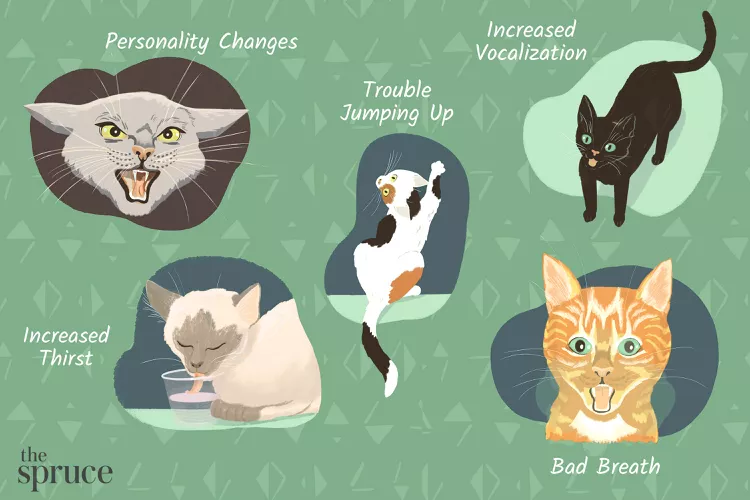
18 Warning Signs That Your Cat Is Crying for Help
How can you tell if your cat is sick? Learn about the warning signs indicating your cat is crying for help and find out what to do about them.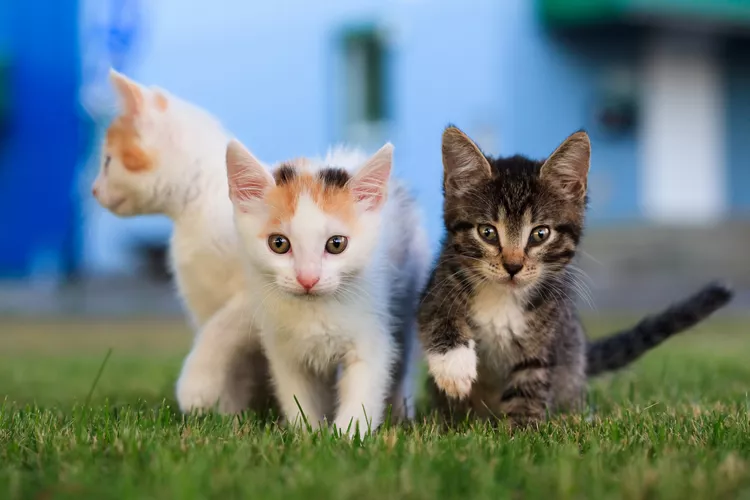
Chlamydia in Cats
Chlamydia in cats is a bacterial infection primarily affecting the eyes, which can cause conjunctivitis. Learn the causes, treatment, and prevention.
Why Does My Kitten Bite Me? How to Stop Biting and Scratching in Kittens
Why does your kitten bite you? Play aggression is often the cause, but there may be other reasons for the scratching and biting. Here’s what to do if your cat bites and scratches you, including how to stop it.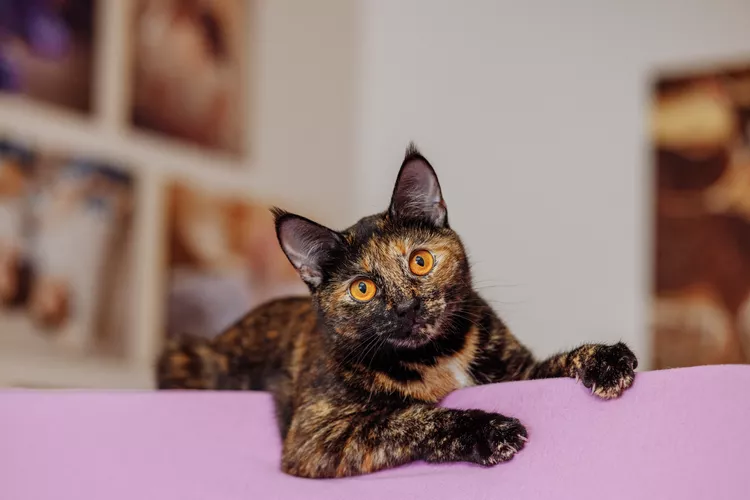
200 Tortoiseshell Cat Names for Your Bi-Colored Kitty
Tortoiseshell cats are a rare phenomenon and deserve a fitting name. We've pulled together 200 tortoiseshell cat names, including male names, female names, cute names, and names inspired by their coat color and pattern.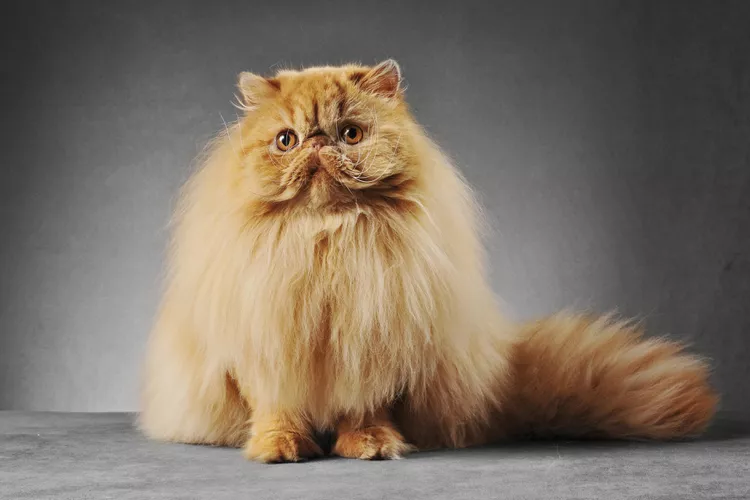
12 Fluffy Cat Breeds Perfect for Endless Cuddles
If you like long-haired cats and don't mind daily (or almost daily) brushing, you’ll love these fluffy cat breeds.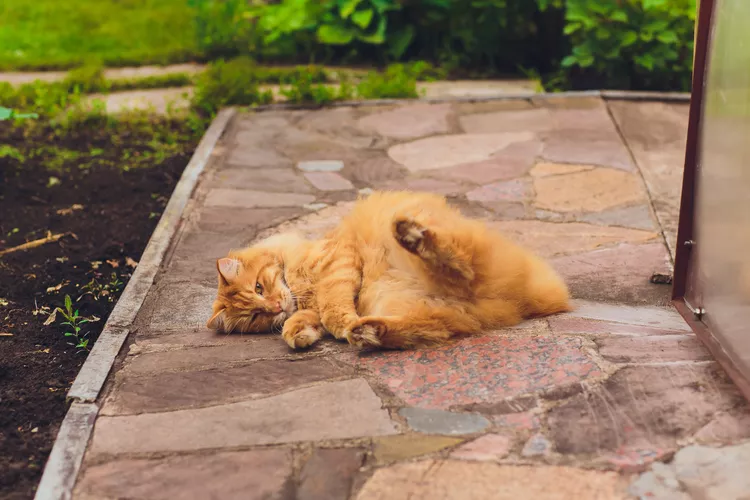
10 Unique Bobtail Cat Breeds
Bobtail cat breeds, including the Manx and Cymric, result from natural genetic mutations. Learn whether one of these cats is right for you.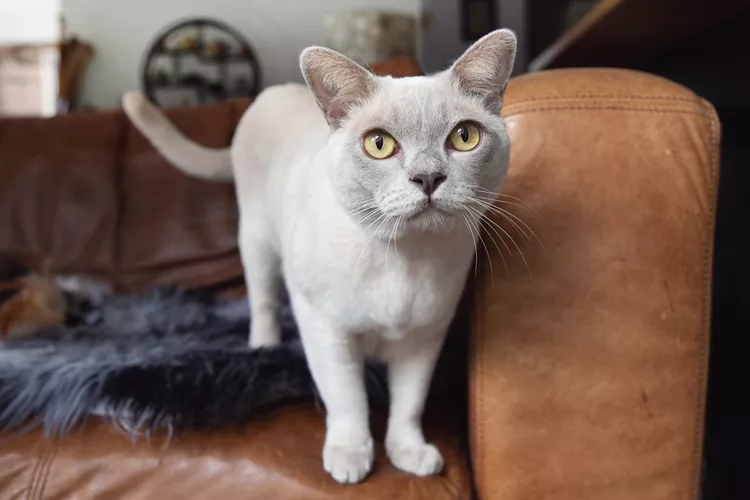
Burmese: Cat Breed Profile, Characteristics & Care
Known for their loving personality and muscular body, the Burmese loves to cuddle after a bout of kittenish playing. Learn about the Burmese breed.
Turkish Angora: Cat Breed Profile, Characteristics & Care
The elegant and silky Turkish Angora cat is a playful, affectionate, and sometimes mischievous pet. Learn about the Turkish Angora breed.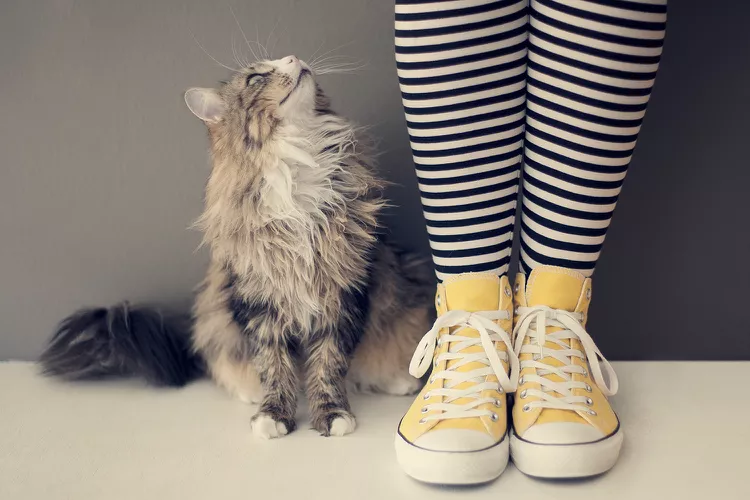
Why Does My Cat Follow Me Around Everywhere?
Cats can follow their owners around for a few different reasons. Find out what your cat is trying to tell you if they follow you around.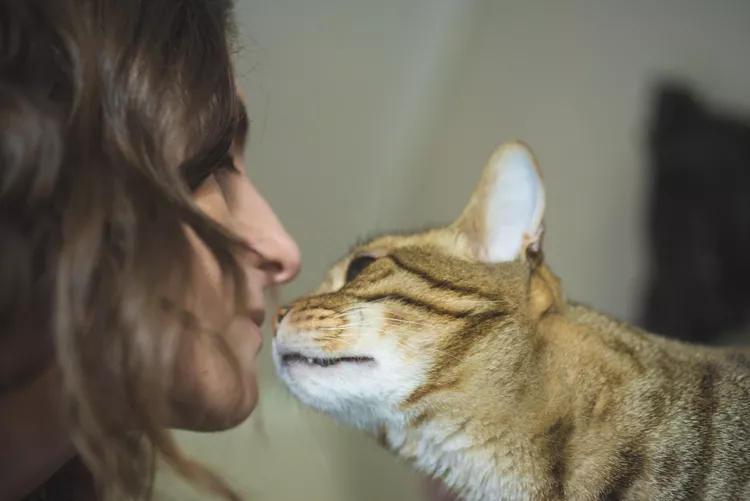
Why Does My Cat Bite My Chin?
If your cat is biting your chin, this might be a sign of affection, but it can also be caused by boredom or stress. Learn how to curb the behavior.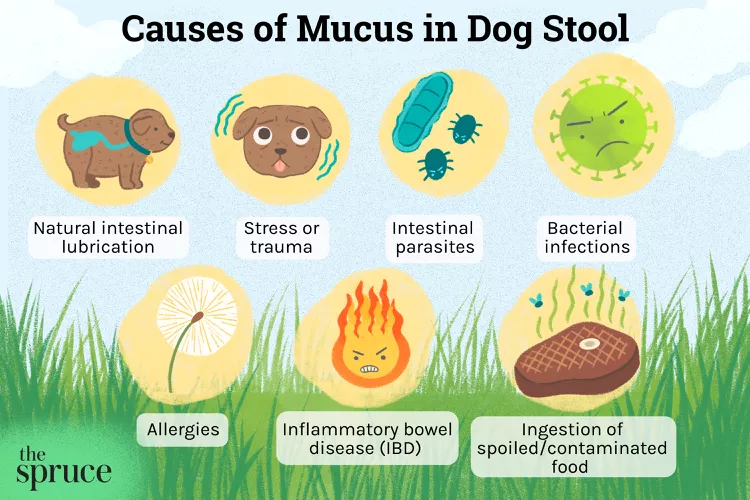
Common Causes of Mucus in Dog Poop
Seeing mucus in your dog's poop can be concerning to a dog owner. Here are common causes and treatment of mucus in a dog's stool.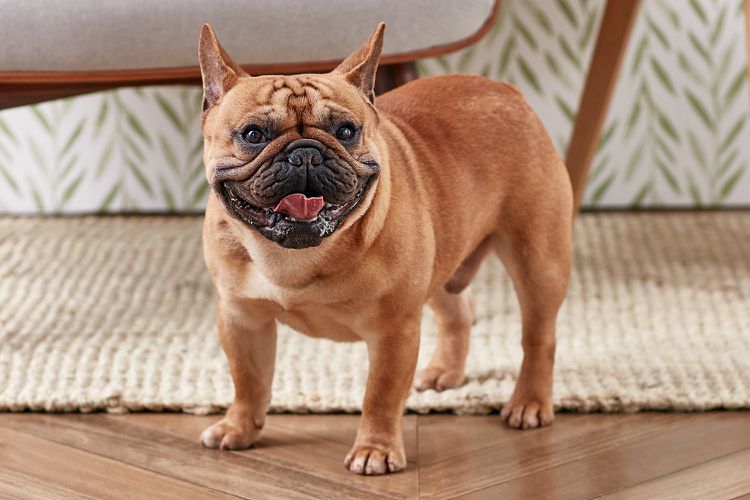
Why Do Dogs Pant?
Dogs pant for a number of reasons, including cooling, excitement, and play. But sometimes panting is a sign of a physical problem. Learn why dogs pant and what to do about it. Here’s how to tell if your dog’s panting is normal or a sign of a problem.
Intervertebral Disc Disease (IVDD) in Dogs
Intervertebral disc disease (IVDD), or a herniated disc, is a serious condition of the spinal cord. Learn the causes, treatment, and prevention.
Can Dogs Eat Watermelon?
Can dogs eat watermelon? Yes! But its important to keep certain precautions in mind. Learn the benefits, risks, and how to safely feed your dog this fruit.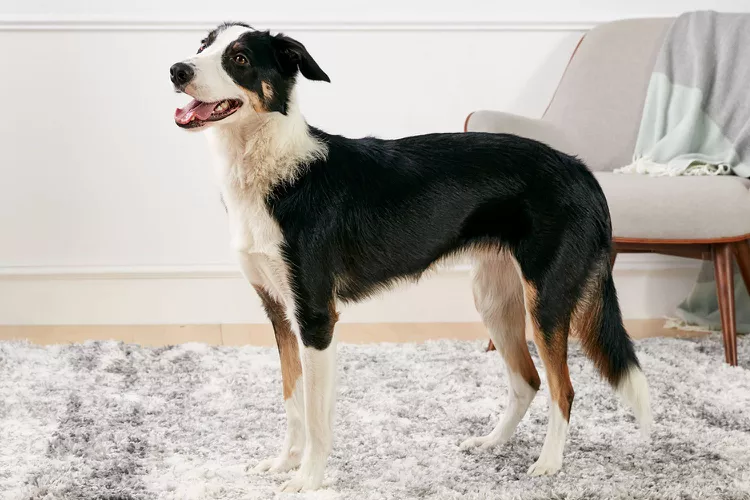
Border Collie: Dog Breed Characteristics & Care
Learn about the border collie, a popular herding breed. They're a smart and energetic dog that's also a great companion to the right pet parent.
Beagle: Dog Breed Characteristics & Care
Learn about the beagle, one of the most popular dog breeds in the world. They are known for being a cheerful, comical, loud, and energetic family dog.
Bluetick Coonhound: Dog Breed Characteristics & Care
Bluetick Coonhounds are a medium-size hound that are gentle and affectionate. They are commonly used as a raccoon hunting dog.
Tibetan Terrier: Dog Breed Characteristics & Care
The Tibetan terrier is a happy-go-lucky dog with a shaggy coat. Learn more about the history, care tips, and other helpful information about the breed.
Lagotto Romagnolo: Dog Breed Characteristics & Care
The Lagotto Romagnolo is an intelligent working breed from Northern Italy and can be an adaptable and laid back companion breed.